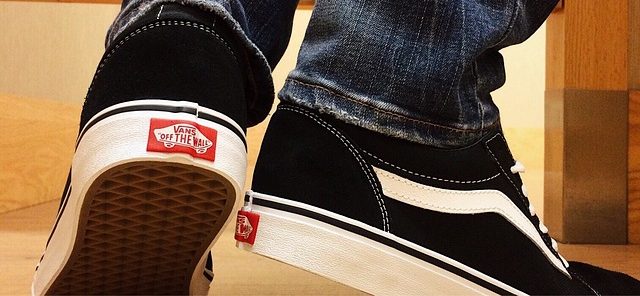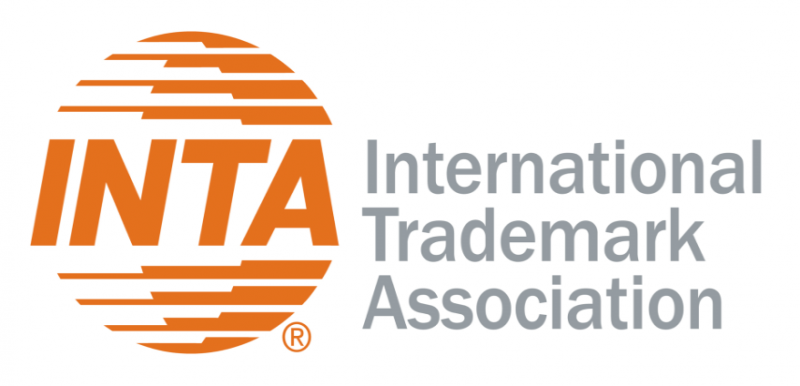The International Trademark Association (INTA) has filed an amicus brief in the United States Court of Appeals for the Second Circuit in Vans, Inc., VF Outdoors LLC v. MSCHF Product Studio, Inc., 22-606-cv (2d Cir.). In its brief, INTA proposes that the deferential test for “expressive works” set forth in Rogers v. Grimaldi, 875 F.2d 994 (2d Cir. 1989) should only apply where the expression cannot be removed from the product without it ceasing to be the same product, i.e., that the expression is conceptually inseparable from the product.
INTA’s brief discusses the balancing of interests between the First Amendment and trademark law arising in the context of the sale by defendant (MSCHF), a self-described artists’ collective, of a limited-edition sneaker that draws on the trade dress of a sneaker manufactured by Vans and modified versions of several of Vans’ trademarks, as shown below:

INTA’s filing of an amicus brief in the MSCHF appeal underscores the Association’s concern regarding the misapplication of the test set forth in Rogers v. Grimaldi, 875 F.2d 994 (2d Cir. 1989), to ordinary commercial products, as opposed to the expressive works (e.g., books, movies, songs), to which the test has traditionally been applied. Since Rogers, Courts have agreed that the Rogers test applies to “expressive works” and not to “commercial products,” where the traditional likelihood of confusion test for infringement applies. But, lacking a clear boundary for what constitutes an “expressive work,” courts, particularly in the Ninth Circuit, have applied Rogers to a widening array of items. INTA’s brief follows close on the heels of its submission of an amicus brief on the same issue in VIP Products, LLC v. Jack Daniel’s Properties, Inc., No. 21-16969, (9th Cir. May 10, 2022) in which the Ninth Circuit applied Rogers to a consumer product, namely a humorous dog toy take-off on a Jack Daniel’s bourbon bottle. The Ninth Circuit’s decision required the district court to conclude that the dog toy did not infringe Jack Daniel’s trademarks.
In the Vans case, MSCHF’s appeal provides a vehicle for clarifying the definition of an “expressive work.” MSCHF invoked Rogers and Jack Daniels in its defense. While not mentioning the Rogers test, the District Court implicitly based its decision granting Vans’ motion for injunctive relief, Vans v MSCHF, 1:22-cv-02156 (E.D.N.Y. April 29, 2022), on its determination that MSCHF’s product was, in fact, an ordinary product (sneakers) and not an “expressive work.”
When applied to traditional expressive works, Rogers appropriately balances the rights of trademark owners with the free speech rights of authors. The application of Rogers in the context of an ordinary consumer product, which can exist independently of the expression placed on it, risks the erosion of important protections for brand and trademark owners.
The Rogers court implied that, in expressive works, expression is inextricably intertwined with the product itself. INTA’s brief therefore urges the Second Circuit to confirm the limit of application of Rogers to such expressive works, and not to any commercial product merely alleged to have some “expressive” quality. Rather, ordinary consumer products that contain an expression separable from the products themselves should be analyzed under traditional trademark likelihood of confusion principles and defenses.











